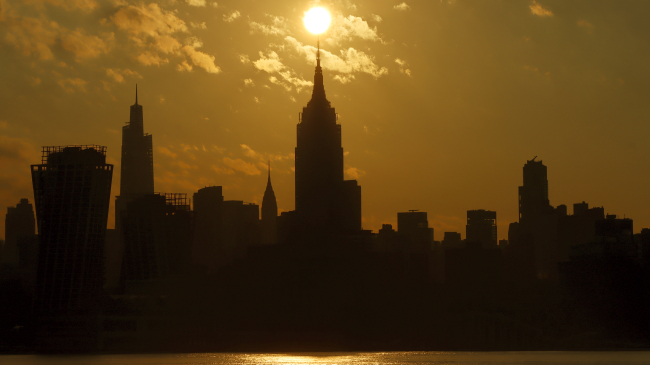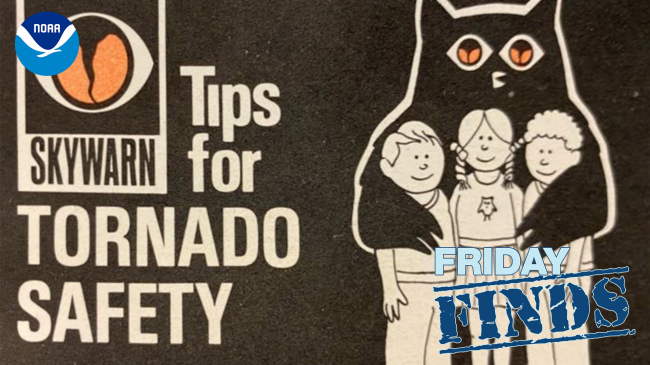NOAA's National Weather Service keeps watchful eye for these massive dust storms
From off the horizon one hot day in August, an ominous, billowing wall of dust descended on the city of Phoenix. Triggered by the North American monsoon and fueled by the ongoing drought in the U.S. Southwest, the towering wave of dust approached the city at speeds of 60 mph, dropping visibility to zero. The Phoenix skyline all but disappeared.

A haboob (dust storm) approaches NOAA's National Weather Service forecast office in Phoenix on August 11, 2012. (Image credit: NOAA)
Sound like something from ancient times? Not quite.
In fact, haboobs (pronounced “huh-boobs”) are not unique to America’s Sonoran Desert. Derived from the Arabic word haab, which means wind or blow, haboobs are very strong dust and sand storms that move through hot and dry regions. They are common in arid regions such as the Sahara desert, the Arabian Peninsula, North Africa and the Gulf of Guinea.
Ken Waters, warning coordination meteorologist with NOAA's National Weather Service in Phoenix, Arizona demonstrates how radar is used to track and forecast dust storms. (NOAA)
Just how do haboobs form? When air is forced down and pushed forward by the front of a traveling thunderstorm cell, it drags with it dust and debris. Winds of speeds up to 60 mph can stir up dust and sand and create a blowing wall as high as 10,000 feet. Haboobs usually last only 10 to 30 minutes, but on rare occasions can last longer and create hazardous conditions for ground transportation systems, air traffic and motorists.
Not as rare as you’d think
NOAA's National Weather Service forecast offices issue severe thunderstorm warnings, dust storm warnings and significant weather advisories to alert the public to approaching haboobs.
In Arizona, for example, one to three large dust storms will move into the Phoenix area during a given year. Across the state, more than 100 dust storms have been reported in the past 10 years according to NOAA’s National Climatic Data Center.
Learn more about haboobs online.



